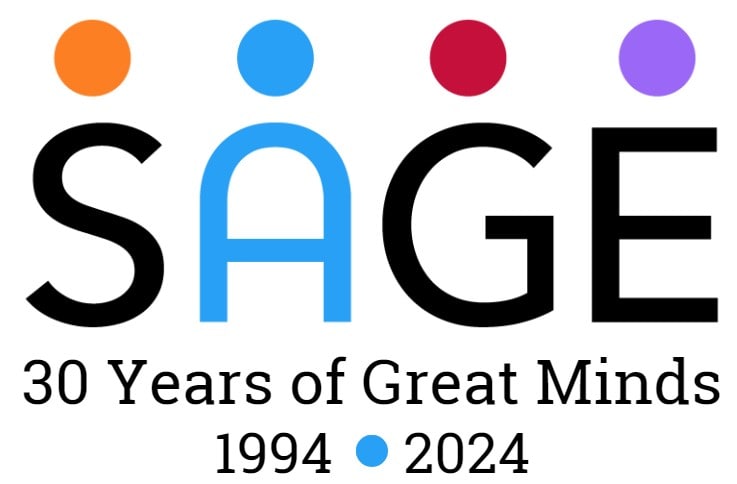This webinar has already occurred. Logged in users can view the webinar recording below.
This course is AIA approved for one Health, Safety, and Welfare Learning Unit (LU/HSW)
Are you an ASID, IIDA, or IDS Member interested in earning CEU’s for this course through IDCEC? CLICK HEREfor more information!
Course Description
The Americans with Disability Act Accessibility Guidelines (ADAAG) are designed to support independence in everyday activities, recommending grab bar placement at toilets to support a side-slide transfer. Yet many elders do not have the upper body strength/mobility to do a sliding transfer onto a toilet. Further, many elders require assistance from care partners to transfer safely. Recent research has compared ADAAG compliant grab bar design with bi-lateral fold up grab bars. Results of user preference and biomechanical studies suggest a different configuration may better support how elders, independently or with assistance, actually transfer on and off of the toilet.
Learning Objectives
1. Articulate the fundamental principles of accessible design parameters that differentiate younger disabled populations from older adults.
2. Understand the multiple methodologies used to triangulate data for this research.
3. Cite evidence of dimensional preferences for independent, 1 person and 2-person assisted transfers.
4. Identify how this information is being used to revise codes and guidelines.
Presented by:
Board Chair
IDEAS Institute
SAGE Founding Member


